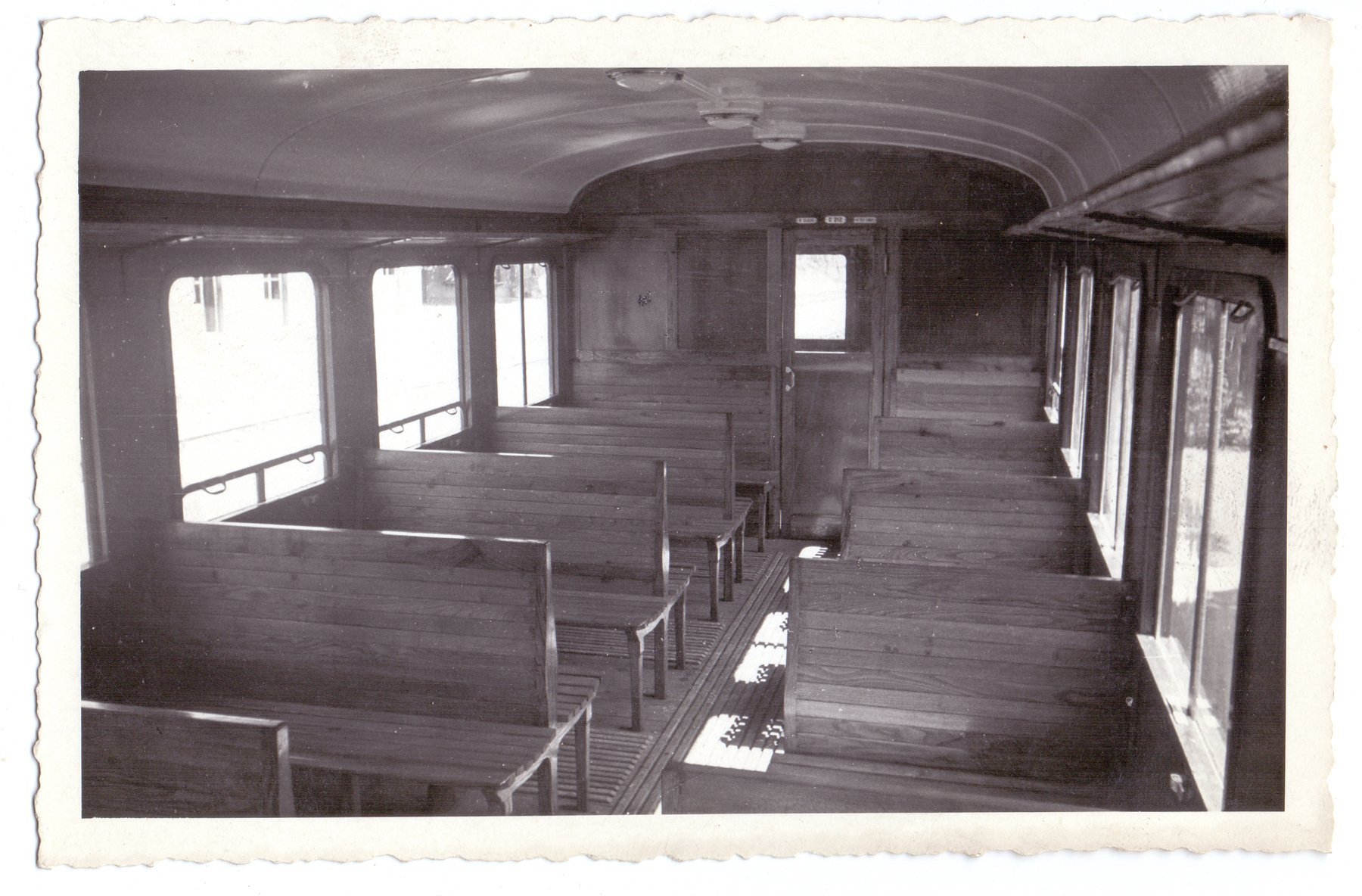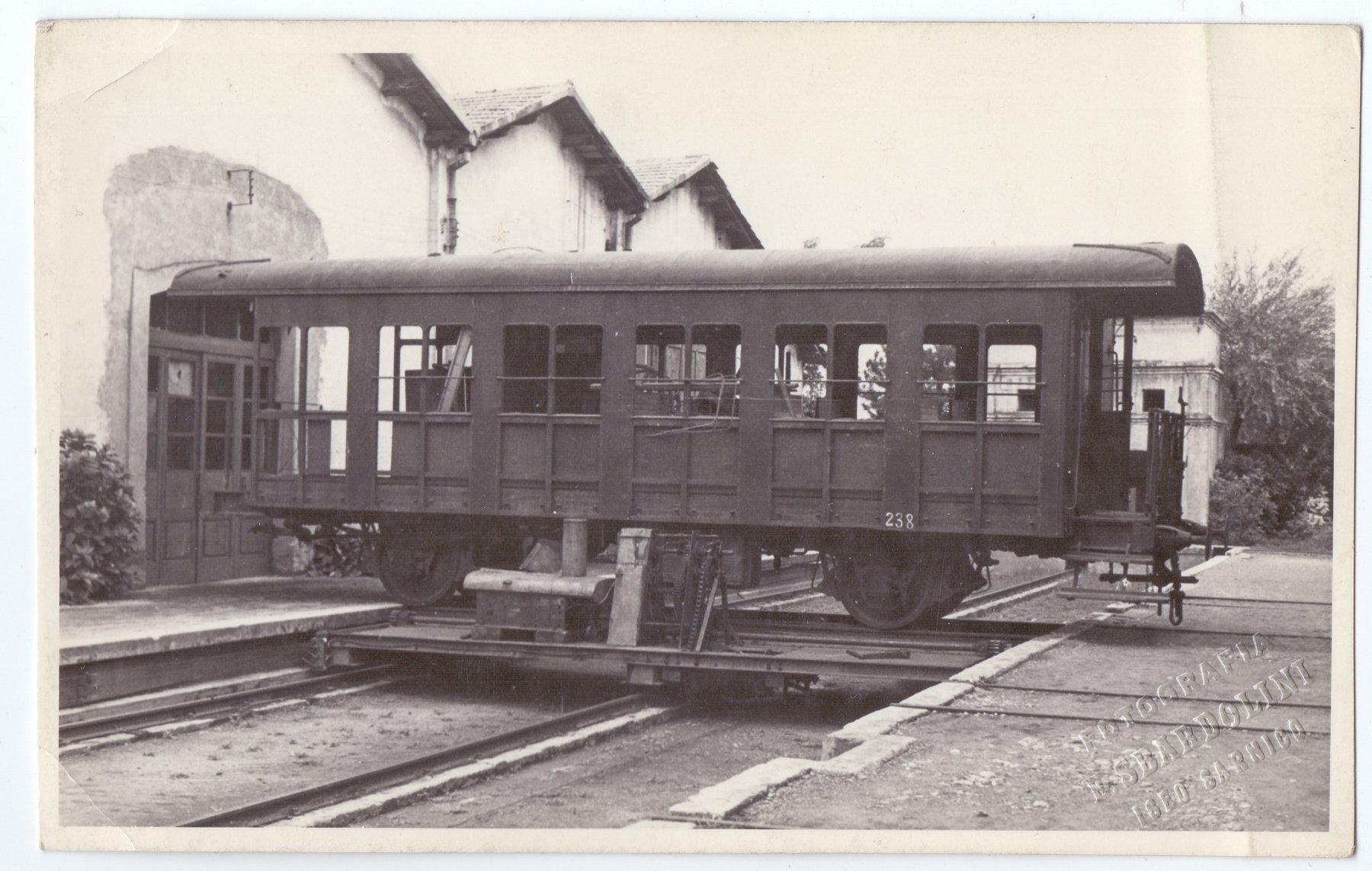When every single section of what overall would become the S.N.F.T. network had opened, the company itself ordered the rolling stock with which to operate the service on each section, both in the form of traction (locomotives) and in the form of hauled vehicles (passenger coaches and freight wagons).
To give an idea of the scale of the existing material, we can analyse the statistical data comparing 1913 with 1947: the first date still represents a time of peak development of the public network while the second represents the momentary relaunch at the end of the war. In 1913 there were 48 units including coaches and baggage cars, of which 9 were first-class coaches, 12 mixed first/third class, 17 third class, 2 mixed first class/baggage and 8 baggage cars. In 1947 there were 57, of which 6 were first-class coaches, 3 mixed first/third class, 29 third class, 10 mixed first class/baggage and 9 baggage cars.
During the First World War, at the end of 1915 to be precise, a first-class coach was converted by eliminating most of the seating and adding twelve stretchers in three overlapping rows in order to deal with the high number of casualties arriving from the Alpine front. With regard to goods transport cars, in 1913 there were 140 covered wagons and 70 open wagons of all types, as well as a crane wagon. In 1947, however, there were 155 covered wagons and 89 open wagons in addition to the crane wagon. These were, of course, only the wagons registered to the company fleet, to which should be added the numerous wagons of other companies which ran on the S.N.F.T. network.


